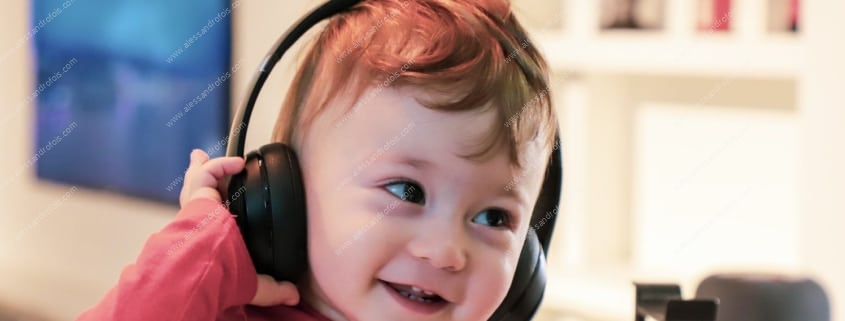Listening education
- Author Profile
- Recent posts
Born in Iglesias, he began dedicating himself to music as a small cantor under the guidance of composer Pietro Allori M° di Cappella of Iglesias Cathedral. He studied Harmony and Counterpoint with Maestro Rodolfo Cicionesi from Florence. He is the author of romances for Soprano, Tenor, children's songs, Masses and Motets for choir. His compositions are performed by choirs all over the world.
A child's musical education, Zoltan kodaly claimed, begins in its mother's womb. If this statement is true in those places where music is synonymous with culture, the same cannot be said of the city of Iglesias. For some time now, various cultural associations have been doing their utmost to organise musical events of a high artistic level, but with only one result: adult audience and almost always the same people.
Nevertheless, those who administer the city always have as their main objective the creation of cultural spaces without giving a thought to the fact that the container is of little use if the content is missing. And the most important content is precisely young people.
Attending a classical music concert, whether chamber or symphonic, presupposes in the listener the ability to observe and identify the internal organisation of a proposed piece.
All this involves an education of the ear that must germinate from an early age; only under these conditions can one speak of conscious contact with music.
Many people and (unfortunately) a number of teachers are convinced that being able to play an instrument means having reached complete musical maturity; this is not really the case, and the proof comes from those who attend music schools, instrumental groups and choirs: so much love for the seven notes, but rarely present at concert events.
Music associations should be obliged to stimulate young people's attendance at concerts with an appropriate listening guide using trained musicians who can highlight the highlights of the music on the programme. Initially, those who prepare to listen need to know where and how a theme, a phrase, a meaningful expression begins and ends; explaining everything with concrete examples (energy content, moments of closure, decisive chords, repeated sounds, sudden breaks, finale with cadence, etc.) will reach the stage of awareness without risking disorientating those who know nothing about what they have to listen to and how much specialised music exists within it. It would also solve the much annoying misplaced applause.
At this point, those people who are not interested in a structural type of listening would object; whether a quartet, a soloist or an orchestra plays, it matters little; the important thing is to sit down, perhaps in the front row, then go home with the pride of having spent an evening different from the usual; it should be noted that among these there is always the one who stands up at the end of the concert shouting "BRAVO! BIS!"
Musicologist Silvano Sansuini writes: 'the ability to 'enjoy' music is undoubtedly greater if the theatre is first-class, if the evening is important, if the hand caresses the velvet of an armchair rather than the bench in the gallery, if the lady next door intoxicates us with her jewellery and perfume. It can happen (continues Sansuini) that the same page broadcast on the radio is no longer recognised."
What Sansuini writes makes us realise that listening education is an essential fact that should not be underestimated. It is therefore necessary for young people to increase their musical culture through serious and constant concert attendance. Understanding a musical performance, whether instrumental, vocal, ancient, classical or modern, is tantamount to the ability to take on one's own rational approach, organisation of thought. Listening placed in this perspective, will not be the activity of a layman or a fuzzy memory, but will have conveyed qualities of appreciation, value judgement, habit of awareness.
Mariano Garau






Leave a Reply
Want to join the discussion?Feel free to contribute!